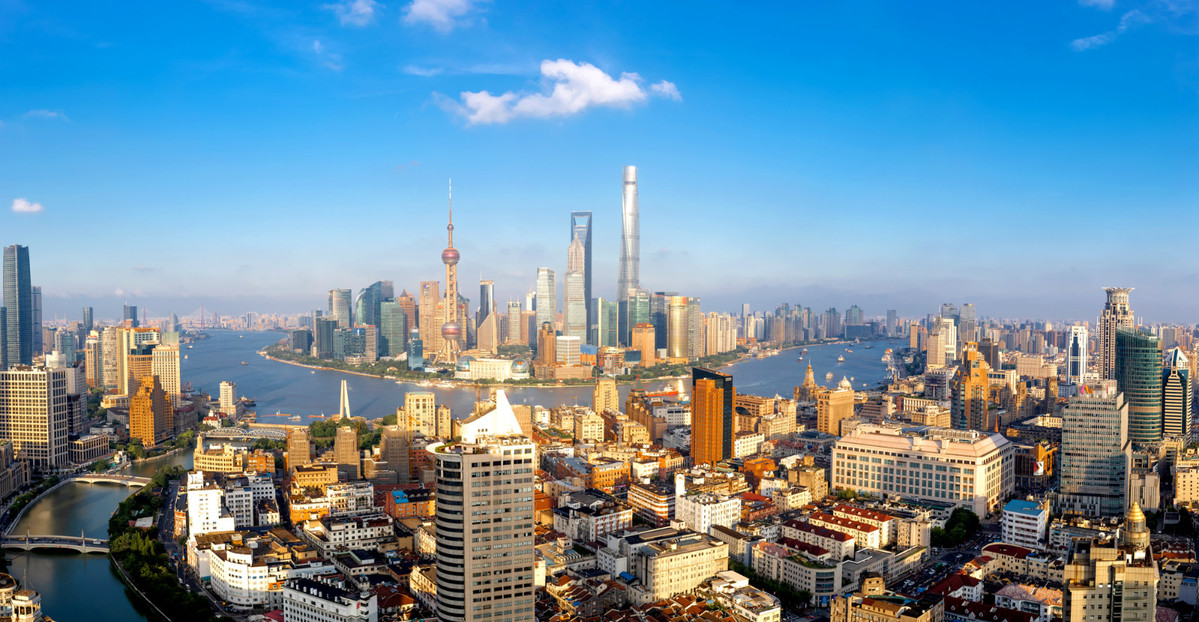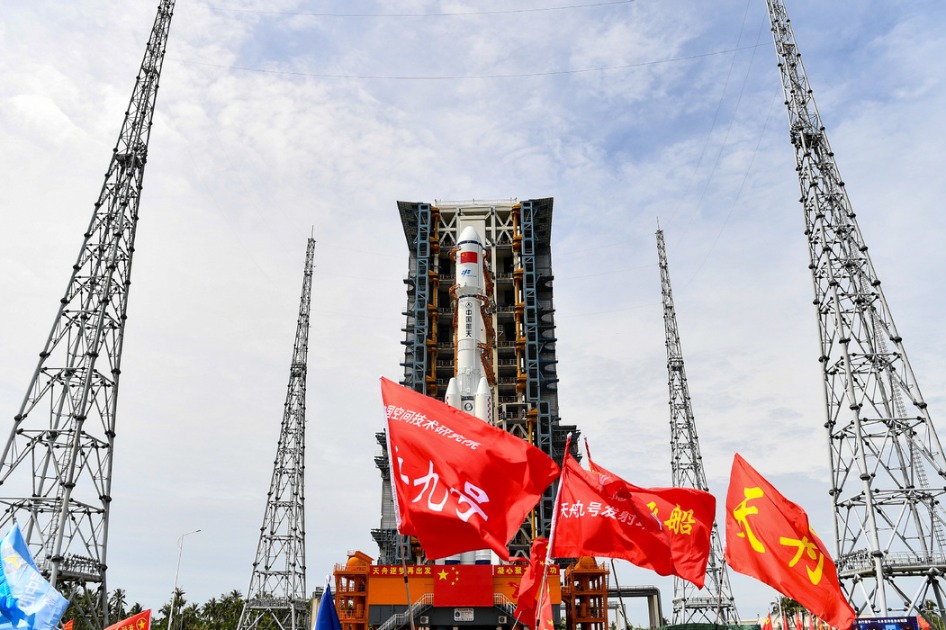2025 a crucial year for 'East Asia miracle'


Nearly 30 years ago the World Bank published a famous report titled “The East Asia Miracle”. It told an uplifting story of how East Asian economies had transitioned from poverty after World War II to modern middle-income status. The formula was industrialization and urbanization, moving people from paddy fields to factories, helped by government incentives and controlled exchange rates, taking advantage of resources from the Southern Hemisphere and the rich markets in North America. Life became better for local people, with Western consumers benefiting too.
The real power of this development spurt can be seen over the last four decades with China’s huge growth, which has helped about 800 million people out of extreme poverty. By some measures, that has been the greatest economic advancement ever.
But warning signs have been out for some years now. The first so-called miracle economy was Japan, but a real estate bubble, stock market falls, population decline, US export restrictions and economic stagnation showed us that miracles do not continue forever. Some economies such as the Republic of Korea and Singapore made the leap to high income successfully, but others like Thailand and Malaysia have found that much more difficult.
China needs to navigate through challenges
Of course, the Chinese government has been aware of this challenge for years. When it hosted APEC meeting a decade ago, there was much talk on the “middle-income trap”. Today the real estate problems, the declining labor force, the slower growth are all signs of a transition. The year 2025 will see this continuing. Double-digit growth is a thing of the past.
Trade has been the key driver of this growth, a complex interplay of resources, supply chains and added value in the Asia-Pacific region, what we now call globalization. But it has been held together by fragile relationships, worsened by the current political instability in Europe, the Middle East and North America, and the huge uncertainty of policy signals from the incoming US president.
This year China has tried to promote growth with a huge boost in production and exports. This prompts us to recall Napoleon’s words: “when China awakes she will shake the world”. Exports’ growth has been so strong that Europe and the US have felt their own businesses are being threatened, and political forces in the United States have taken the opportunity to label China as a “strategic danger”, with targeted sanctions and defensive industry policy to encourage domestic companies. There has been economic retaliation from China, and now all sides are worried about impending trade wars in 2025.
Students used to listen to professors and lecturers telling them how they could improve the world. But now the teaching curricula are moving from David Ricardo’s “win-win” trade policies to the US “win-lose” approach. This includes defensive policies guarding against competitors and aggressive policies to actively damage them. From neo-mercantilism to the weaponization of money, it changes trade relationships and will be a theme for the coming year.
Such policies were last used during wartime. During World War II, when US economists advised the US Air Force how to thwart Germany’s war efforts. Using the input-output mapping techniques of Russian-American economist Wassily Leontief, they looked for bottlenecks — and identified a couple of ball-bearing plants that represented key vulnerabilities used in many armaments. The modern equivalent of ball-bearing plants today would probably be high-end silicon chips, indispensable in many electronic devices, and already a focus for industry policies.
The methods used in this “dark toolkit” include export prohibitions, import tariffs, financial sanctions, capital controls, investment restrictions, dual-use regulations, payment embargoes, competition policy, technical standards and attacks on international rules of the game.
During the Cold War, former US president Dwight Eisenhower was worried about the rise of the “military-industrial complex” that promoted and benefited from these policies. Today many high-tech companies are part of this complex. Such dark policies are likely to hurt consumers (as Americans are finding out) but consumers wield less political power. For years enterprises in the Asia-Pacific region set up factories where their production would be most efficient. Now they are relocating to minimize geopolitical risks. Efficient off-shoring is now giving way to “friend-shoring” or “on-shoring”.
Moving production inland
Therefore, China will continue its policies of moving production inland next year to use cheaper domestic labor and establishing supply chains along the overland Belt and Road destinations. This will be closely watched by ASEAN member states which have been reassessing whether their interests are to keep supplying China, or to actively compete with it.
So far the Southern Hemisphere resource suppliers (Indonesia, Australia, New Zealand, Chile and Peru) have enjoyed strong commodity prices and cheap imports of green technology from China, but they are also watching China’s policies anxiously.
One big question for Chinese economists in 2025 will be: if the world keeps moving to win-lose policies, should China respond or should it try to lead countries in reasserting open trade.
Another big question for 2025 is how to move to a new growth pathway. First year economics students will recall the famous equation of aggregate demand: Y = C + I + G + X – M. In English, this means GDP is the total of domestic consumption plus business investment plus government expenditure plus the trade balance. In practice, however, economic growth is far more complex, but this simple equation serves to describe different development strategies.
Under China’s “miracle economy” strategy, the economic driver was exports driven by strong investment, with government expenditure focused on infrastructure and policy focused on industry promotion. Western economies may all be unhappy in their own ways, but they do all demonstrate much higher consumption, and their government spending is more oriented toward social expenditure. This means they have more scope to use macroeconomic policies (fiscal, monetary and macro-financial policies) to promote stabilization, demand management and growth.
The Chinese government (most recently at the Central Economic Work Conference in December) has said it would like to move further on this path in 2025, and the financial markets agree, but it is proving difficult.
Despite Chinese consumers’ famous digital retail habits, so far they have mainly invested in apartments. While savings remain strong, trade surpluses are still growing and unwanted pressures persist.
The year 2025 will be a test: can the Chinese economy continue to move from old “miracle growth” to a modern consumer-led economy in this darker times? Expect more policy announcements!
The author is the former director of Asia-Pacific Economic Cooperation, and chair of New Zealand Pacific Economic Cooperation Conference.
The views don’t necessarily reflect those of China Daily.


































